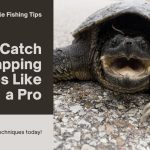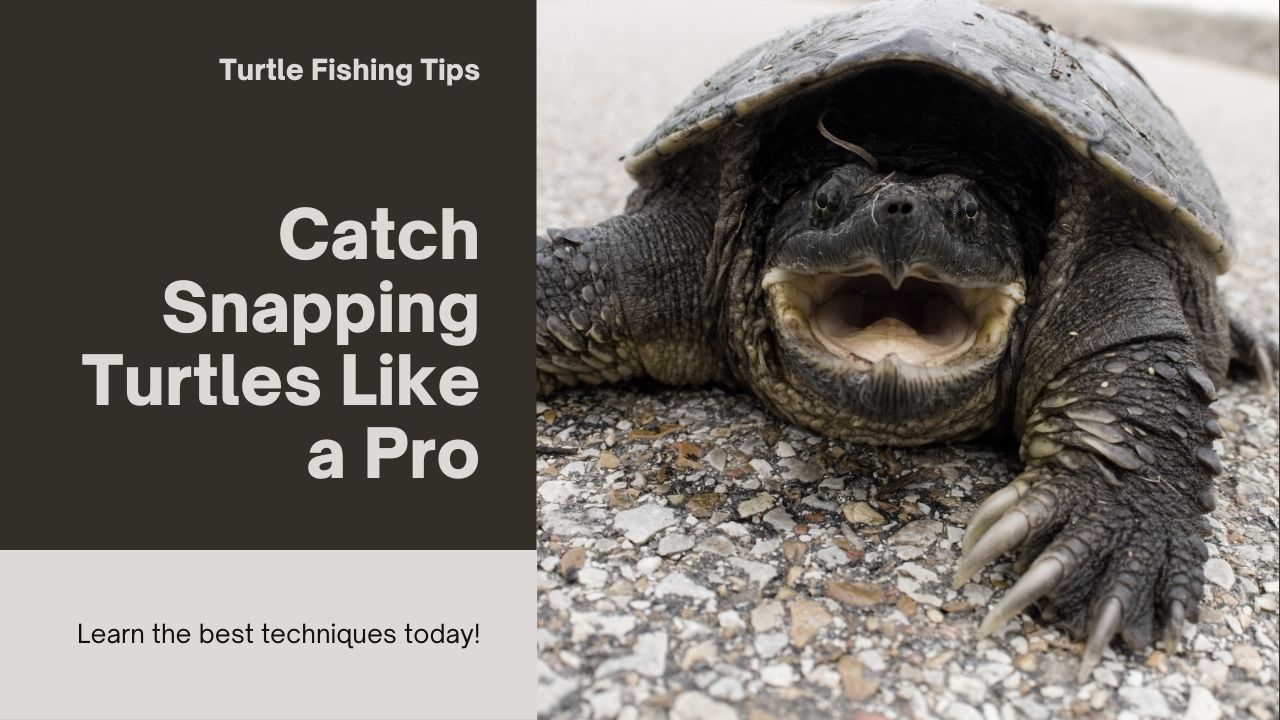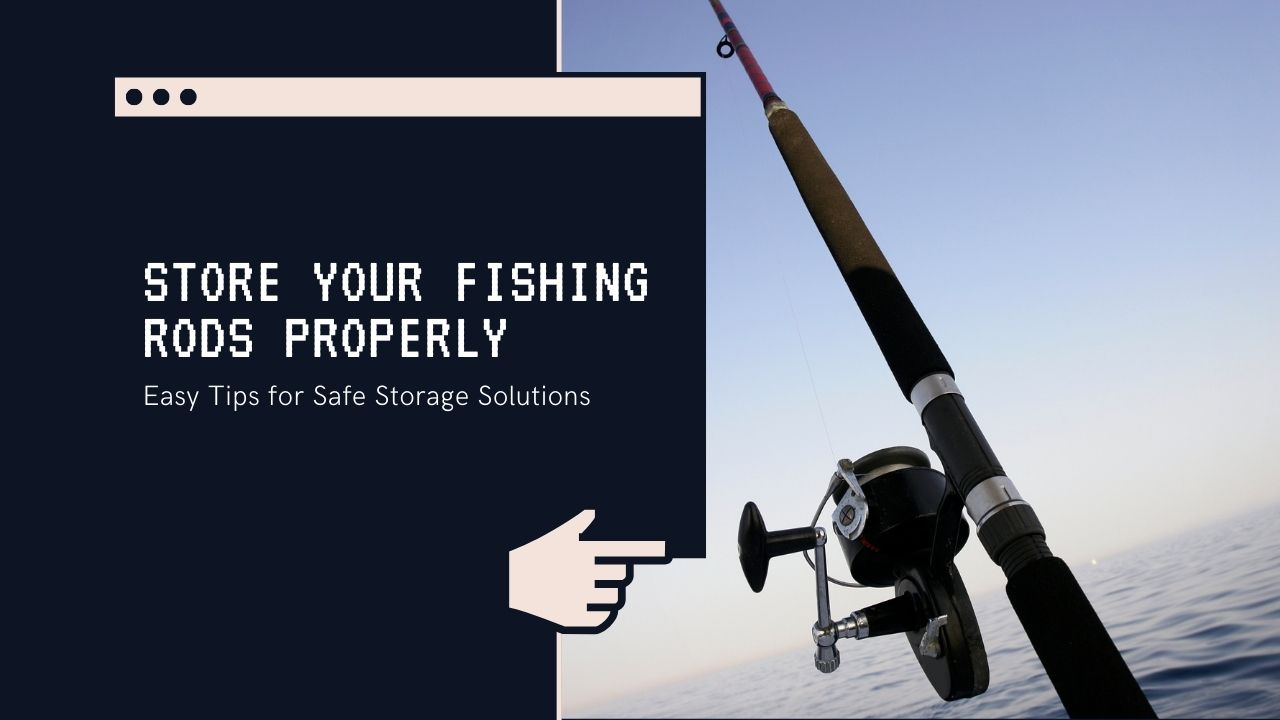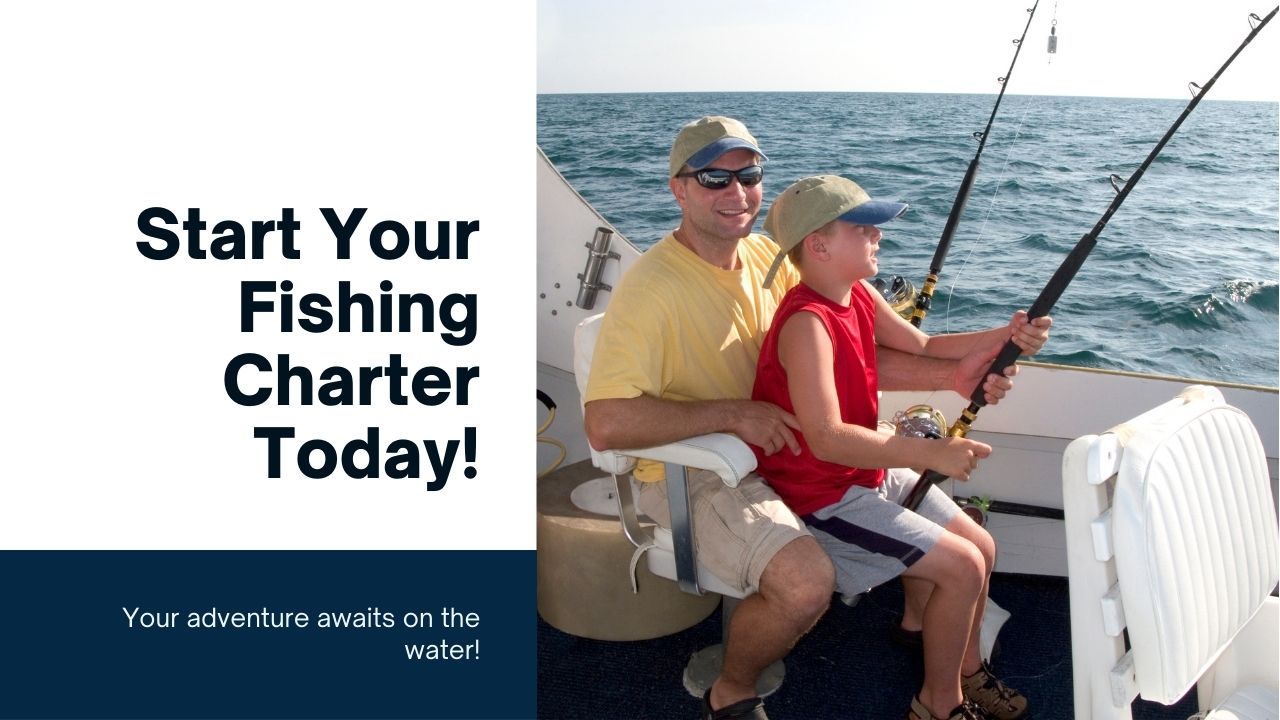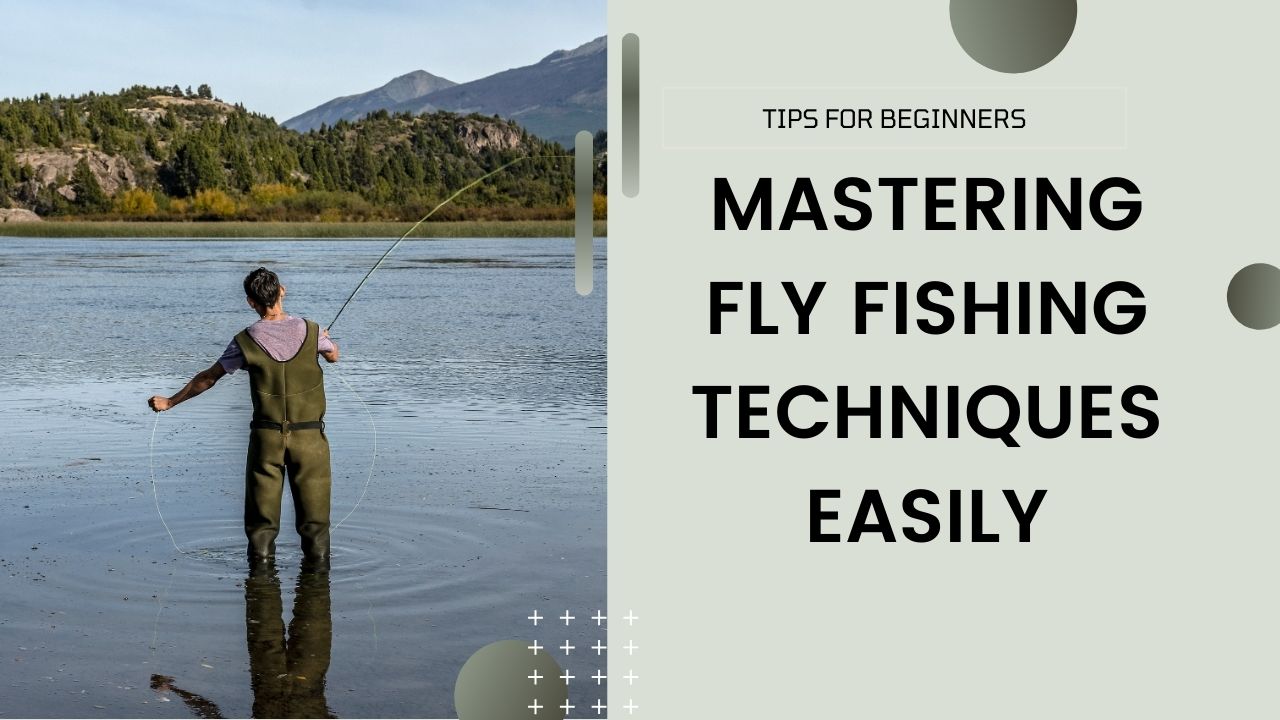Snapping turtles are fascinating creatures that have roamed our waters for millions of years. While they play a vital role in the ecosystem, there are times when managing their population becomes necessary, especially if they pose a threat to fish stocks or other wildlife in private ponds. This guide provides detailed methods and safety tips on how to catch snapping turtles effectively and humanely.
Understanding Snapping Turtles
Before attempting to catch snapping turtles, it’s essential to understand their behavior and habitat.
Species Overview
There are two primary species of snapping turtles:
- Common Snapping Turtle: Found across the eastern United States, these turtles prefer shallow, muddy waters with abundant vegetation.
- Alligator Snapping Turtle: Primarily located in the southeastern U.S., they inhabit rivers, lakes, and large ponds. Notably larger than their common counterparts, alligator snappers are often protected due to declining populations.
Behavior and Habitat
Snapping turtles are mostly nocturnal and prefer slow-moving or stagnant waters. They are opportunistic feeders, consuming a diet that includes fish, amphibians, birds, and even carrion. During the day, they often hide under submerged logs or mud, making nighttime the optimal period for trapping.
Methods for Catching Snapping Turtles
Several effective methods can be employed to catch snapping turtles. It’s crucial to check local regulations before attempting any capture, as laws regarding trapping can vary.
1. Hook and Line Method
This traditional fishing technique involves using baited hooks to lure turtles.
Equipment Needed:
- Heavy-duty fishing line: Opt for 50 to 100-pound test lines to handle large turtles.
- Strong hooks: Sizes 4/0 to 6/0 are recommended.
- Bait: Fresh fish, chicken livers, or gizzards work well.
Procedure:
- Setup: Tie the hook to a sturdy line and attach it to a secure anchor point, such as a tree limb or stake near the water’s edge.
- Baiting: Place the bait securely on the hook.
- Placement: Cast the baited hook into the water, ensuring it rests near the bottom where turtles are likely to encounter it.
- Monitoring: Check the lines regularly, preferably every morning, to retrieve any caught turtles promptly.
Note: Always handle lines with care, as turtles can be powerful and aggressive when hooked.
2. Jug Line Method
Jug lining uses floating devices to catch turtles and is particularly useful in ponds and lakes.
Equipment Needed:
- Plastic jugs: One-gallon size works well.
- Heavy-duty line: Approximately 4 feet in length.
- Strong hooks: Similar to those used in the hook and line method.
- Bait: Fresh fish or meat scraps.
Procedure:
- Assembly: Attach the line to the jug handle, tie the hook at the end, and add a weight midway to keep the bait submerged.
- Baiting: Secure the bait onto the hook.
- Deployment: Place the jug in the water near the shore or areas frequented by turtles. The jug will float, allowing the turtle to take the bait and move, making it easier to locate.
- Monitoring: Check the jugs daily to collect any captured turtles.
Note: Ensure the jugs are labeled with your contact information if required by local regulations.
3. Trapping with Specialized Turtle Traps
Using traps can be an efficient way to catch multiple turtles without constant monitoring.
Types of Traps:
- Hoop Traps: Cylindrical traps made of mesh with funnel entrances.
- Basking Traps: Floating platforms that entice turtles to climb up, leading them into a holding area.
Procedure:
- Placement: Set the trap in areas with known turtle activity, such as near basking sites or feeding areas.
- Baiting: Use fresh fish or meat to lure turtles into the trap.
- Monitoring: Check traps regularly to ensure captured turtles do not remain trapped for extended periods.
Note: Traps should be partially submerged to allow turtles to breathe and should be checked frequently to prevent unnecessary stress or harm to the animals.
Safety Precautions
Handling snapping turtles requires caution due to their powerful jaws and defensive nature.
- Handling: Always approach turtles from the rear. Grasp them firmly by the back of the shell near the tail, keeping clear of their head and front claws.
- Protective Gear: Wear heavy gloves to protect against bites and scratches.
- Transportation: Use sturdy containers with secure lids for transporting turtles.
- Legal Considerations: Familiarize yourself with local wildlife regulations to ensure compliance with laws regarding trapping and relocating turtles.
Post-Capture Considerations
After capturing a snapping turtle, decide whether to relocate or utilize it.
Relocation
If relocating:
- Distance: Move the turtle several miles away to suitable habitat to prevent it from returning.
- Habitat Selection: Choose a location with ample food supply and appropriate environmental conditions.
Consumption
Snapping turtle meat is considered a delicacy in some cultures.
Preparation Steps:
- Cleaning: After humanely dispatching the turtle, remove the head and drain the blood. Remove the shell by cutting around its perimeter and extract the meat from the legs, tail, and neck.
- Cooking: Turtle meat can be prepared in various ways, including frying, stewing, or making soups. Ensure the meat is cooked thoroughly to eliminate any potential pathogens.
Note: Always ensure that consuming turtle meat is legal in your area and that the turtle species is not protected.
Conclusion
Catching snapping turtles can be a rewarding endeavor when done responsibly and safely. By understanding their behavior, employing effective trapping methods, and adhering to safety and legal guidelines, you can manage snapping turtle populations effectively. Whether your goal is relocation or culinary, always prioritize humane practices and respect for these ancient creatures.
Top 3 References:
- https://www.themeateater.com/fish/general/how-to-catch-clean-and-eat-snapping-turtle
- https://www.backwoodshome.com/snapping-turtles/
- https://midwestoutdoors.com/hunting/easy-to-catch-tasty-on-the-table-snapping-turtles-abound/
For a visual demonstration of the hook and line method, you may find this video helpful:






